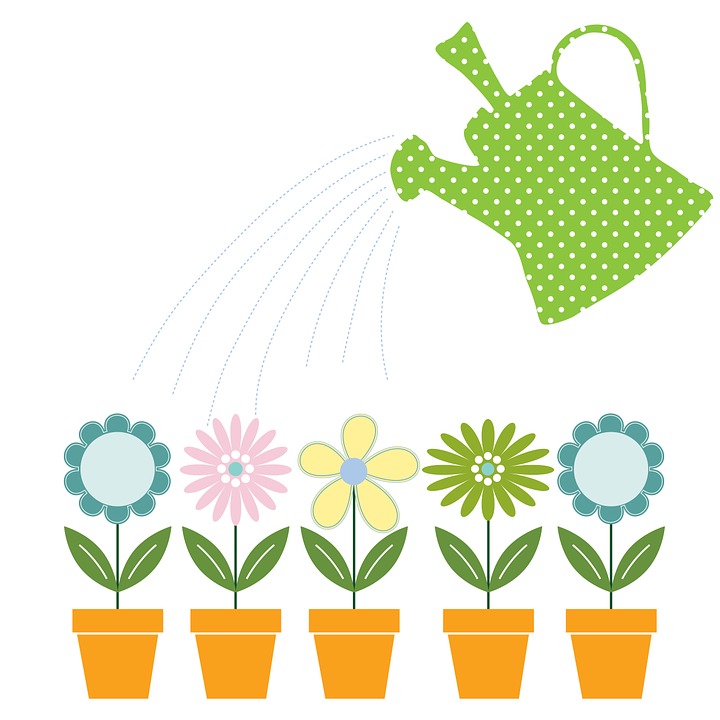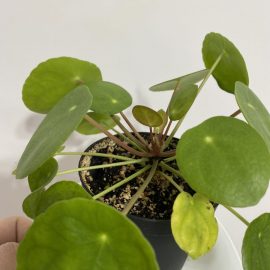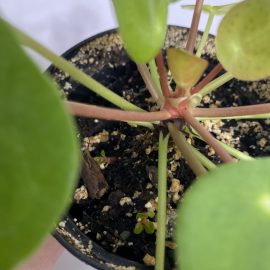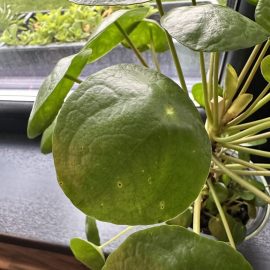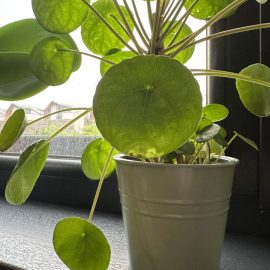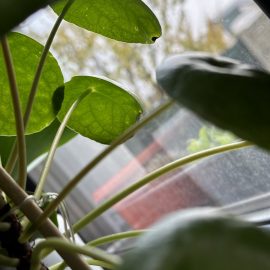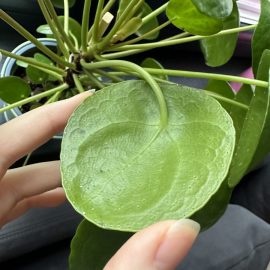Pilea, plant care and growing guide
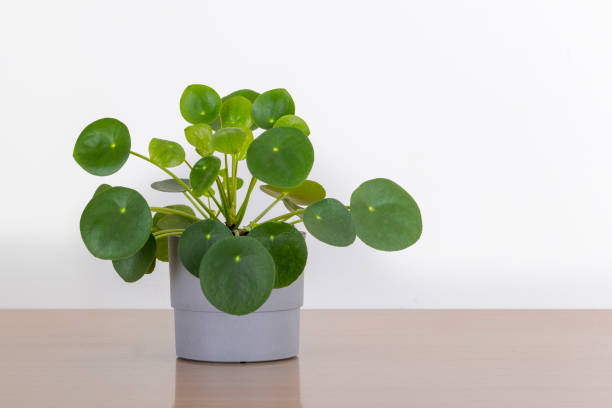
Pilea is the largest genus of flowering plants in the Urticaceae family. The species Pilea peperomioides is the best-known plant of this genus, being popular due to its leaves in the shape of coins. Originally from southern China, it occasionally blooms, producing white, pink or cream flowers. In general, the growth of Pilea species is moderate.
Types of Pilea
- Pilea cadierei – oval leaves, dark green, with silver spots that stand out;
- Pilea microphylla – tiny, light green leaves;
- Pilea mollis „Moon Valley” – ovate leaves, with small hairs on the upper surface.
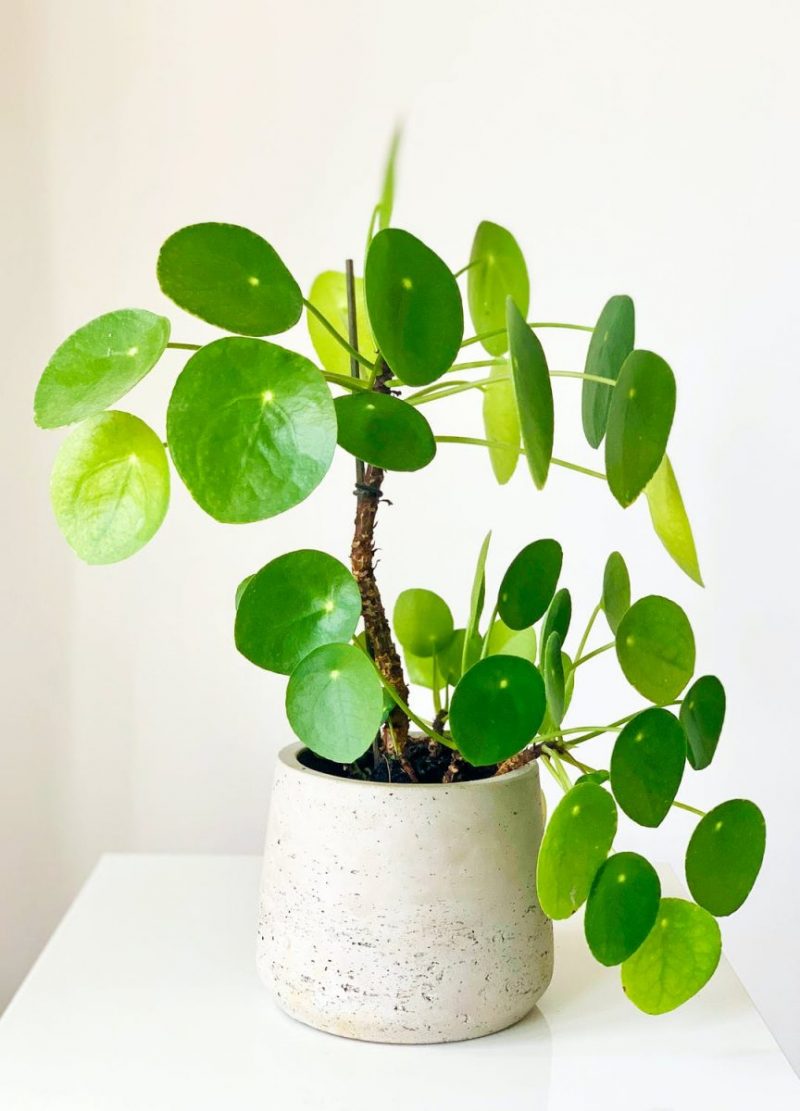
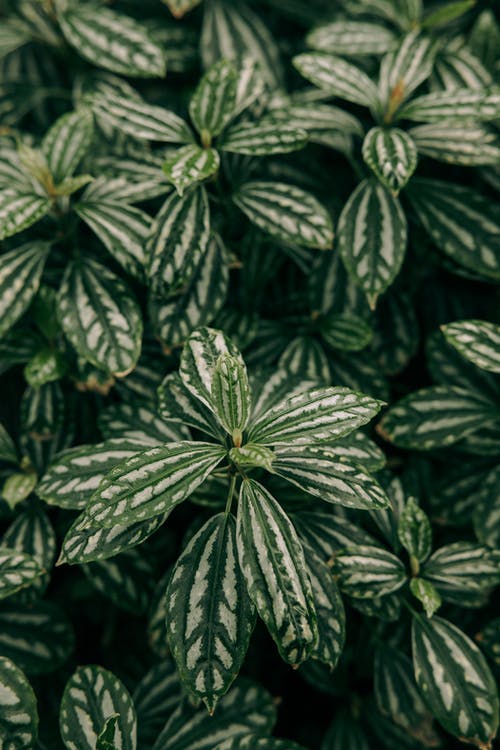
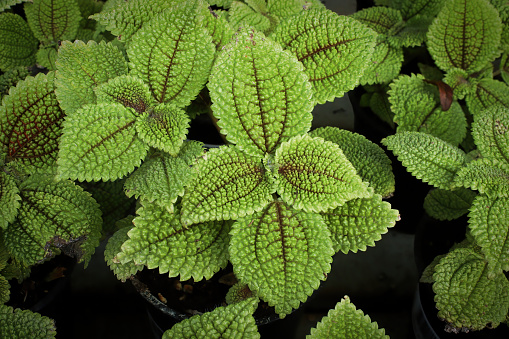
Environmental conditions
Light
Pilea species prefer strong, but indirect light. Direct sunlight can cause leaf burns. Positioning it in optimal conditions in terms of brightness sustains the healthy growth of the plants.
Substrate
Pilea prefers substrates with high water drainage capacity, rich in nutrients and the pH to be slightly acidic to neutral.
Recommended products
-
You can find products on a different store
Change Store -
You can find products on a different store
Change Store -
You can find products on a different store
Change Store -
You can find products on a different store
Change Store -
You can find products on a different store
Change Store -
You can find products on a different store
Change Store -
You can find products on a different store
Change Store -
You can find products on a different store
Change Store -
You can find products on a different store
Change Store -
You can find products on a different store
Change Store -
You can find products on a different store
Change Store -
You can find products on a different store
Change Store -
You can find products on a different store
Change Store -
You can find products on a different store
Change Store -
You can find products on a different store
Change Store -
You can find products on a different store
Change Store -
You can find products on a different store
Change Store -
You can find products on a different store
Change Store -
You can find products on a different store
Change Store -
You can find products on a different store
Change Store -
You can find products on a different store
Change Store -
You can find products on a different store
Change Store -
You can find products on a different store
Change Store -
You can find products on a different store
Change Store
Temperature
It prefers average temperatures above 10 °C. Low temperatures or frost can lead to the plant’s loss. Indoors, the temperature should be between 15-23 °C.
Humidity
They are species that grow very well in conditions of high humidity. If the humidity is low, the leaves can be sprayed periodically with water.
Recommended products
-
You can find products on a different store
Change Store -
You can find products on a different store
Change Store -
You can find products on a different store
Change Store -
You can find products on a different store
Change Store -
You can find products on a different store
Change Store -
You can find products on a different store
Change Store -
You can find products on a different store
Change Store -
You can find products on a different store
Change Store -
You can find products on a different store
Change Store -
You can find products on a different store
Change Store -
You can find products on a different store
Change Store -
You can find products on a different store
Change Store -
You can find products on a different store
Change Store -
You can find products on a different store
Change Store -
You can find products on a different store
Change Store -
You can find products on a different store
Change Store -
You can find products on a different store
Change Store -
You can find products on a different store
Change Store -
You can find products on a different store
Change Store -
You can find products on a different store
Change Store -
You can find products on a different store
Change Store -
You can find products on a different store
Change Store -
You can find products on a different store
Change Store -
You can find products on a different store
Change Store
Care
Watering
Pilea has medium water requirements, so it is recommended that watering be done when 3-4 cm of the substrate is dry. Symptoms like droopy leaves indicate the plant’s need for water.
Fertilization
These species react positively to the administration of fertilizers during the vegetative growth period. Achieving a balanced fertilization sustains the development and healthy growth of the plants. It is recommended that during the dormancy period, no fertilizers be administered.
Recommended products
-
You can find products on a different store
Change Store -
You can find products on a different store
Change Store -
You can find products on a different store
Change Store -
You can find products on a different store
Change Store -
You can find products on a different store
Change Store -
You can find products on a different store
Change Store -
You can find products on a different store
Change Store -
You can find products on a different store
Change Store -
You can find products on a different store
Change Store -
You can find products on a different store
Change Store -
You can find products on a different store
Change Store -
You can find products on a different store
Change Store -
You can find products on a different store
Change Store -
You can find products on a different store
Change Store -
You can find products on a different store
Change Store -
You can find products on a different store
Change Store -
You can find products on a different store
Change Store -
You can find products on a different store
Change Store -
You can find products on a different store
Change Store -
You can find products on a different store
Change Store -
You can find products on a different store
Change Store -
You can find products on a different store
Change Store -
You can find products on a different store
Change Store -
You can find products on a different store
Change Store
Propagation
The propagation of these species is not difficult – it is done by cuttings. They can be harvested in spring, and in optimal environmental conditions they will quickly form roots and the development of the plant will be fast.
Transplanting
This operation is recommended to be carried out annually, in spring or summer. It is recommended to choose a substrate with good drainage capacity, as high humidity can lead to the occurrence of pathogens.
Diseases and pests
These species are not prone to the attack of diseases and pests, but when placed indoors, red spider mites and aphids can infest the plants.
Recommended products
-
You can find products on a different store
Change Store -
You can find products on a different store
Change Store -
You can find products on a different store
Change Store -
You can find products on a different store
Change Store -
You can find products on a different store
Change Store -
You can find products on a different store
Change Store -
You can find products on a different store
Change Store -
You can find products on a different store
Change Store -
You can find products on a different store
Change Store -
You can find products on a different store
Change Store -
You can find products on a different store
Change Store -
You can find products on a different store
Change Store -
You can find products on a different store
Change Store -
You can find products on a different store
Change Store -
You can find products on a different store
Change Store -
You can find products on a different store
Change Store -
You can find products on a different store
Change Store -
You can find products on a different store
Change Store -
You can find products on a different store
Change Store -
You can find products on a different store
Change Store -
You can find products on a different store
Change Store -
You can find products on a different store
Change Store -
You can find products on a different store
Change Store -
You can find products on a different store
Change Store
In order to detect in time the presence of pests (flies, aphids, thrips, etc.) and to be able to apply a treatment, from the incipient phase of the attack, the use of traps is recommended.
Recommended products
-
You can find products on a different store
Change Store -
You can find products on a different store
Change Store -
You can find products on a different store
Change Store -
You can find products on a different store
Change Store -
You can find products on a different store
Change Store -
You can find products on a different store
Change Store -
You can find products on a different store
Change Store -
You can find products on a different store
Change Store -
You can find products on a different store
Change Store -
You can find products on a different store
Change Store -
You can find products on a different store
Change Store -
You can find products on a different store
Change Store -
You can find products on a different store
Change Store -
You can find products on a different store
Change Store -
You can find products on a different store
Change Store -
You can find products on a different store
Change Store -
You can find products on a different store
Change Store -
You can find products on a different store
Change Store -
You can find products on a different store
Change Store -
You can find products on a different store
Change Store -
You can find products on a different store
Change Store -
You can find products on a different store
Change Store -
You can find products on a different store
Change Store -
You can find products on a different store
Change Store
















































































































































































































































































































































































































































